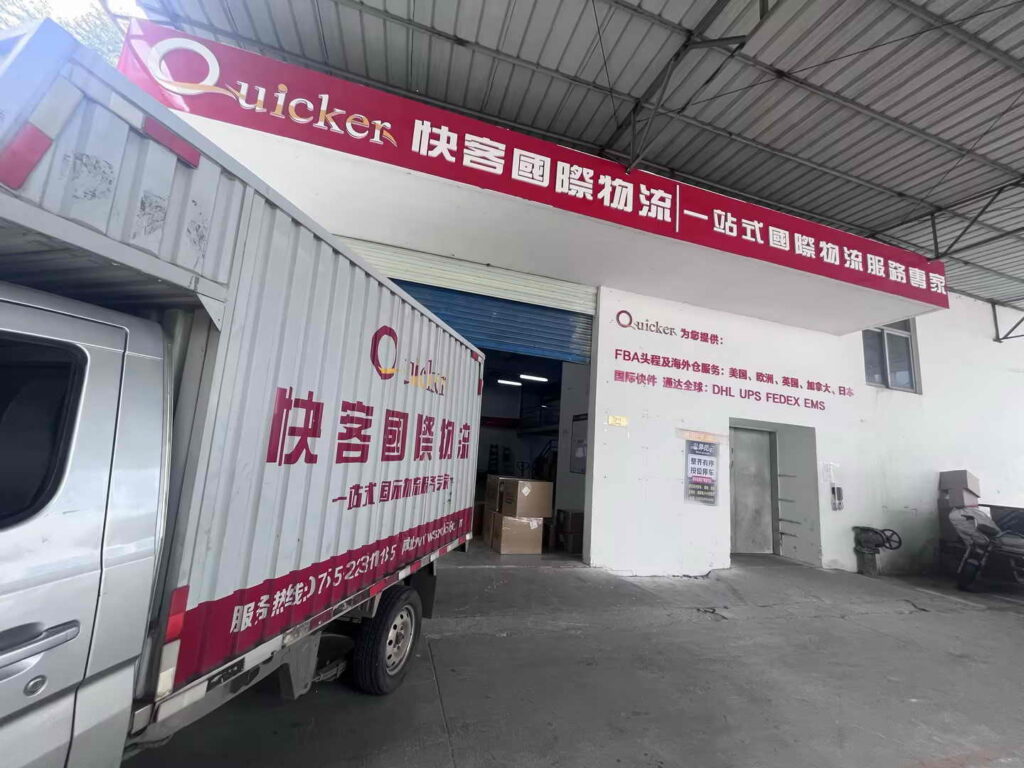To Quicker Logistics, shipping from China to Southeast Asia is one of the major shipping route and business scope for now. In this page, we will introduce to some aspects of our shipping routes to Southeast Asia countries.
You can also fill out our online freight quote for a precise quoting based on your specific quoting requirements.
Geographic Overview of Southeast Asia
Southeast Asia is a region characterized by a diverse landscape, including mainland areas and numerous islands. It is bordered by the Indian Ocean to the west and the Pacific Ocean to the east, with the South China Sea playing a central role in regional maritime activities.
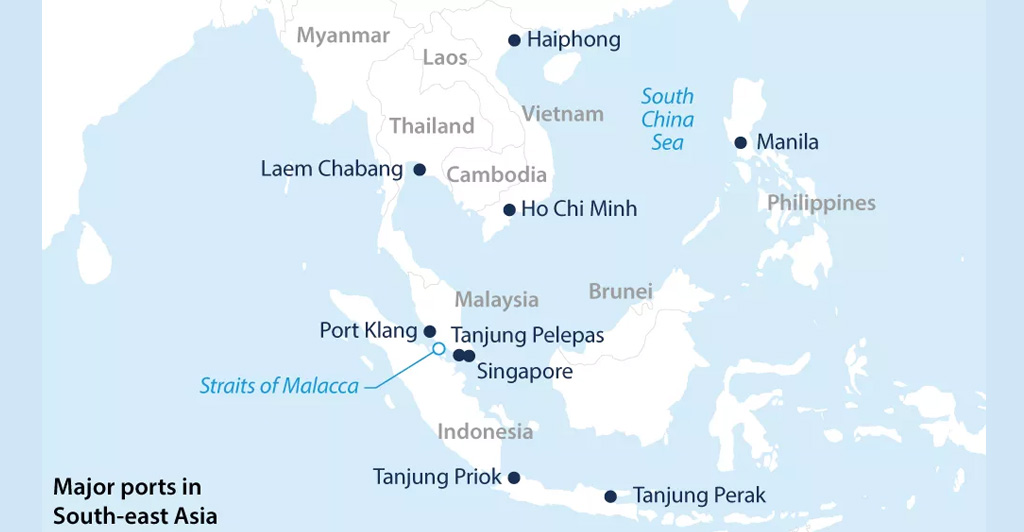
Key Geographic Features for shipping from China to Southeast Asia
Archipelagos and Islands: The region includes major archipelagos such as Indonesia and the Philippines, comprising thousands of islands. This creates a complex network of maritime routes essential for regional trade.
Straits and Channels:
- Strait of Malacca: One of the world’s most important shipping lanes, linking the Indian Ocean with the South China Sea and the Pacific Ocean. It is a critical passage for oil and goods traveling between the Middle East, Africa, and East Asia.
- Sunda and Lombok Straits: Alternative routes for ships navigating between the Indian and Pacific Oceans.
Proximity to Major Markets: Southeast Asia lies strategically between two major economic powerhouses: China and India. Its location makes it a natural hub for trade and commerce.
The market factor is actually a very big push to the busy route of transport from China to Southeast Asia.
Rich Biodiversity and Natural Resources: The region is endowed with abundant natural resources, including oil, gas, and minerals, which are significant for trade.
Significance for Shipping from China to Southeast Asia
Trade Routes: The proximity of Southeast Asia to China makes it a key component of the Maritime Silk Road. Shipping routes from China to Southeast Asia are vital for the export and import of goods, including electronics, machinery, and consumer products.
Economic Integration: The region’s ports serve as transshipment hubs, facilitating the distribution of Chinese goods to global markets. This integration supports economic growth and development across Southeast Asia. Nowadays, shipping from China to Southeast Asia is bringing a big prosperity to people living in both districts.
Strategic Partnerships: China’s Belt and Road Initiative emphasizes infrastructure development in Southeast Asia, enhancing connectivity and trade efficiency. This includes investments in port facilities and transportation networks.
Cultural and Historical Ties: Historical trade routes, such as those of the ancient spice trade, have long linked China with Southeast Asia, fostering cultural and economic exchanges.
In summary, Southeast Asia’s geography not only influences its own economic landscape but also plays a crucial role in global shipping dynamics, particularly in facilitating trade between China and the rest of the world.
The main seaports for shipping from China to Southeast Asia
Singapore Port. Major Seaports in Singapore
The Port of Singapore is a global maritime hub and one of the busiest ports in the world. It handles a vast array of cargo types, including containerized, bulk, and liquid cargo. The port’s strategic location at the crossroads of major shipping routes makes it a critical node in global trade networks. Singapore’s port facilities are state-of-the-art, featuring advanced technologies such as automated cranes and digital tracking systems that enhance efficiency and reduce turnaround times.
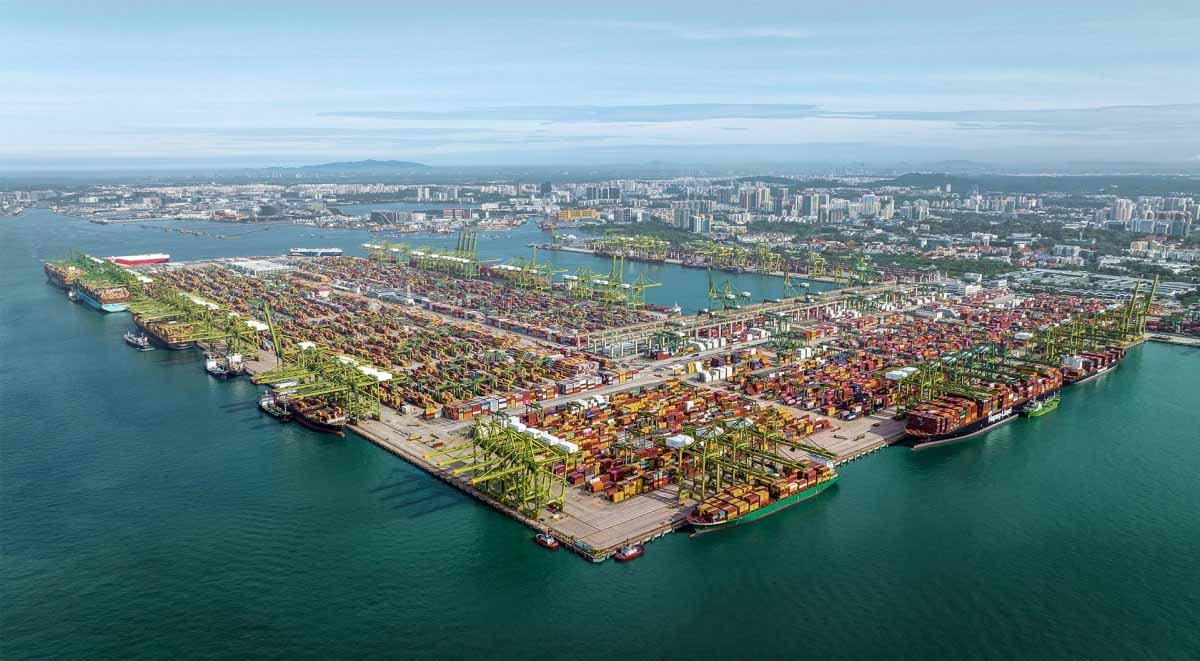
The port serves as a major transshipment hub, meaning a significant portion of its cargo is transferred from one vessel to another before reaching its final destination. This role is supported by the port’s extensive connectivity, linking over 600 ports in 120 countries. Singapore’s commitment to innovation and sustainability is evident in its efforts to develop eco-friendly port operations, including initiatives to reduce carbon emissions and improve energy efficiency.

In addition to its physical infrastructure, the Port of Singapore benefits from a highly skilled workforce and robust regulatory framework, ensuring smooth and secure operations. The port is integral to Singapore’s economy, contributing significantly to GDP and employment. Its continuous development plans, including expansion projects and technological upgrades, aim to maintain its competitive edge in the maritime industry.
We need to see it very clearly that Singapore is a very very important port for shipping from China to Southeast Asia.
Port Klang (Major seaports in Malaysia)
Port Klang, located on the west coast of Peninsular Malaysia, is the country’s largest and most important port. It serves as a primary gateway for Malaysia’s trade, handling a substantial portion of the nation’s imports and exports. The port is divided into three main areas: Northport, Southport, and Westports, each equipped with specialized facilities to manage different types of cargo, including containers, bulk, and liquid cargo.

Port Klang’s strategic location near the Strait of Malacca, one of the world’s busiest maritime routes, enhances its role as a key transshipment hub in Southeast Asia. The port boasts modern infrastructure, including deep-water berths, extensive warehousing, and advanced cargo handling equipment, which contribute to its high efficiency and capacity.
The Malaysian government has invested significantly in Port Klang’s development, aiming to transform it into a regional logistics hub. Initiatives include expanding its capacity, enhancing connectivity with road and rail networks, and adopting digital technologies to streamline operations. Port Klang is also focusing on sustainability, implementing measures to minimize environmental impact and improve energy efficiency.
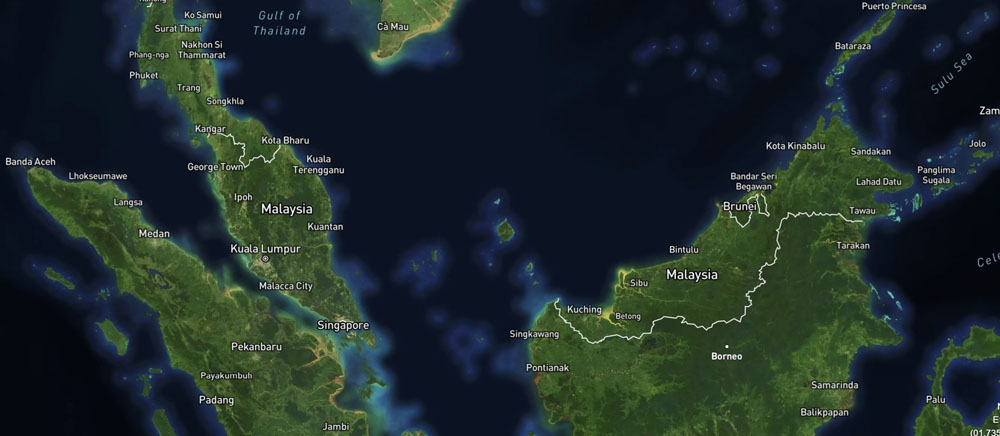
The port plays a crucial role in Malaysia’s economic development, supporting industries such as manufacturing, agriculture, and energy. Its strategic initiatives and ongoing improvements ensure that Port Klang remains competitive in the global maritime industry.
Port of Tanjung Pelepas – Malaysia
The Port of Tanjung Pelepas (PTP) is a major transshipment hub located in the southern part of Peninsular Malaysia, near the Strait of Malacca. Known for its strategic position and modern facilities, PTP has rapidly grown to become one of the busiest ports in Southeast Asia. Its proximity to the maritime crossroads between the Indian and Pacific Oceans makes it an ideal location for transshipment activities.
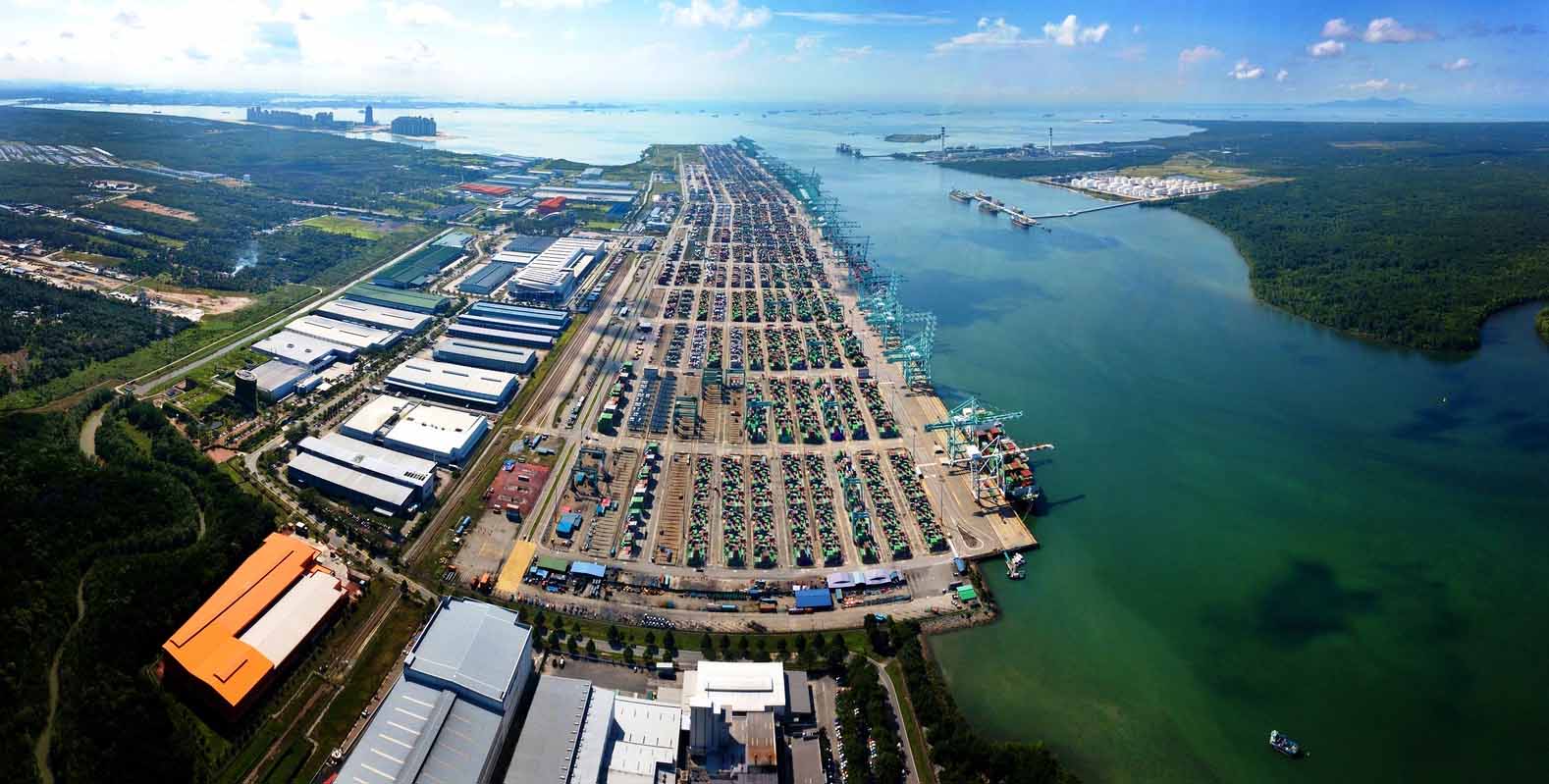
PTP features state-of-the-art infrastructure, including deep-water berths capable of accommodating the largest container ships, advanced terminal equipment, and extensive container handling facilities. The port’s efficiency is further enhanced by its integrated logistics solutions, which streamline operations and reduce turnaround times.
The port is part of the Iskandar Malaysia development region, which aims to boost economic growth through industrial and logistics activities. PTP benefits from excellent connectivity to major highways and rail networks, facilitating seamless movement of goods to and from the port. The port’s commitment to innovation is reflected in its adoption of digital technologies, such as automated gate systems and real-time cargo tracking.
PTP’s strategic initiatives include expanding its capacity and enhancing its environmental sustainability. The port is actively working to reduce its carbon footprint through energy-efficient practices and investments in renewable energy sources. As a key player in Malaysia’s maritime sector, PTP contributes significantly to the country’s trade and economic development.
Port of Tanjung Priok – Indonesia
The Port of Tanjung Priok, located in Jakarta, is Indonesia’s largest and busiest port. It handles a significant portion of the country’s import and export activities, serving as a vital gateway for goods entering and leaving Indonesia. The port’s strategic location on the island of Java, the economic heart of the country, enhances its importance in national and international trade.
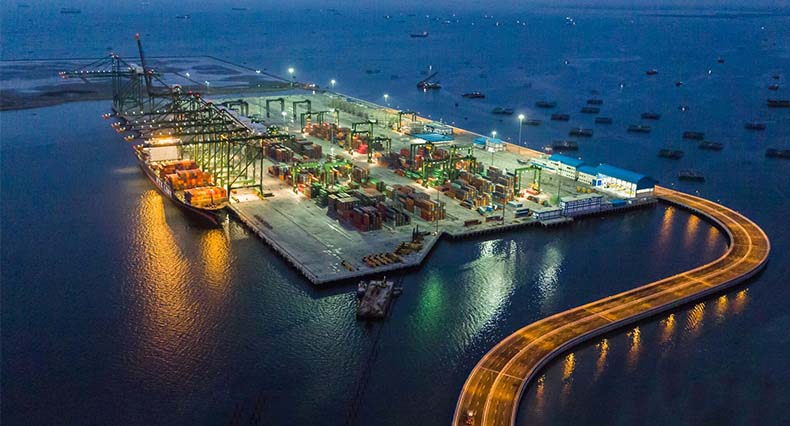
Tanjung Priok is equipped with comprehensive facilities for handling various types of cargo, including containers, bulk goods, and liquid cargo. The port has undergone significant modernization efforts to increase its capacity and efficiency, including the development of new terminals and the implementation of advanced cargo handling technologies.
The port’s connectivity is bolstered by its links to major road and rail networks, facilitating efficient distribution of goods across Java and beyond. Tanjung Priok is also a key player in Indonesia’s economic growth, supporting industries such as manufacturing, agriculture, and mining.
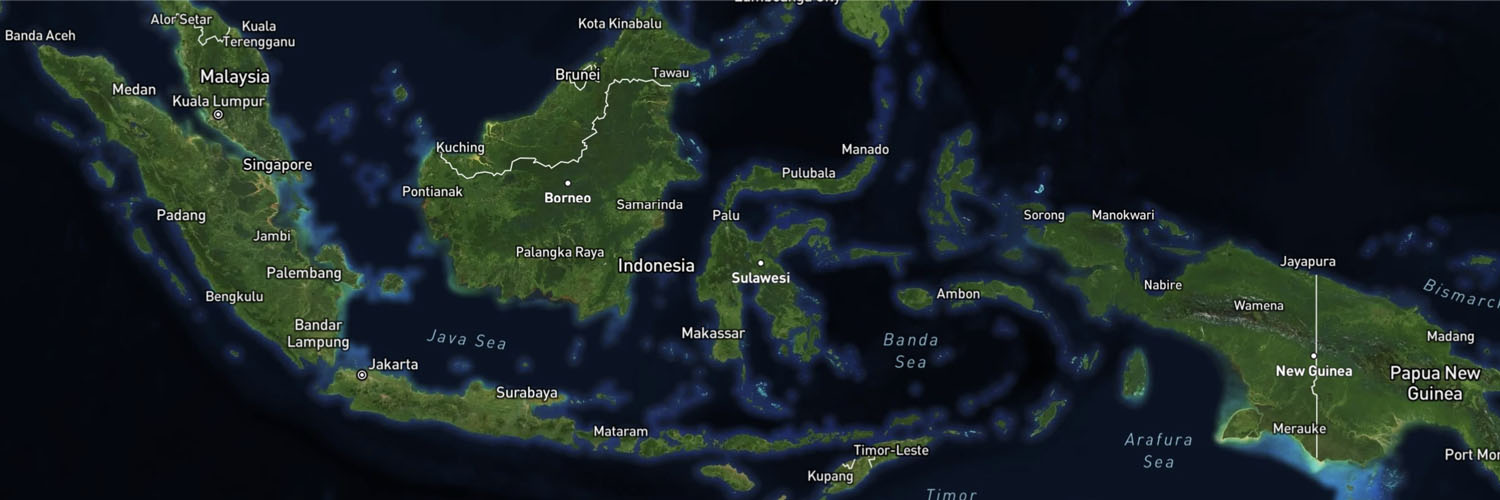
Challenges such as congestion and environmental sustainability are being addressed through strategic initiatives, including the expansion of port facilities and the adoption of green technologies. The port’s ongoing development plans aim to enhance its competitiveness in the regional and global maritime industry, ensuring it continues to play a critical role in Indonesia’s trade and economic development.
Major seaports in Indonesia.
Port of Laem Chabang – Thailand
The Port of Laem Chabang is Thailand’s main deep-sea port, located approximately 130 kilometers southeast of Bangkok. It is a critical hub for the country’s trade and logistics, handling the majority of Thailand’s container throughput. The port’s strategic location on the Gulf of Thailand provides easy access to major shipping routes, enhancing its role as a key player in regional trade.
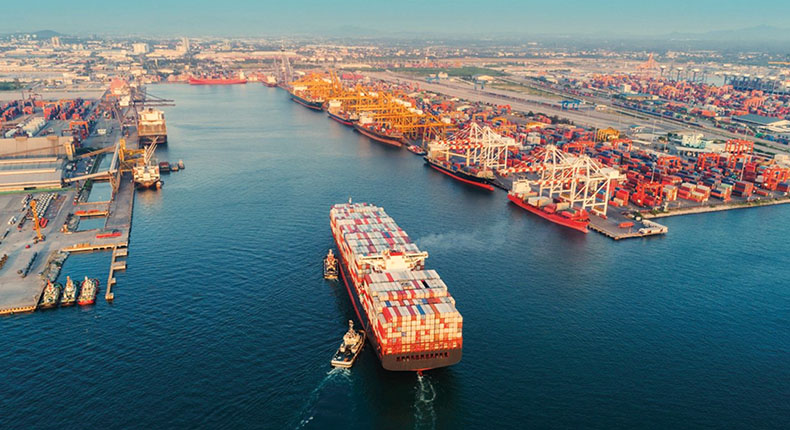
Laem Chabang is equipped with modern infrastructure, including deep-water berths, extensive container handling facilities, and advanced logistics services. The port has undergone significant expansion to increase its capacity and improve its efficiency, with ongoing projects aimed at further enhancing its capabilities.
The port’s connectivity is supported by well-developed road and rail networks, facilitating efficient movement of goods to and from the port. Laem Chabang is also a key driver of Thailand’s economic growth, supporting industries such as automotive, electronics, and agriculture.
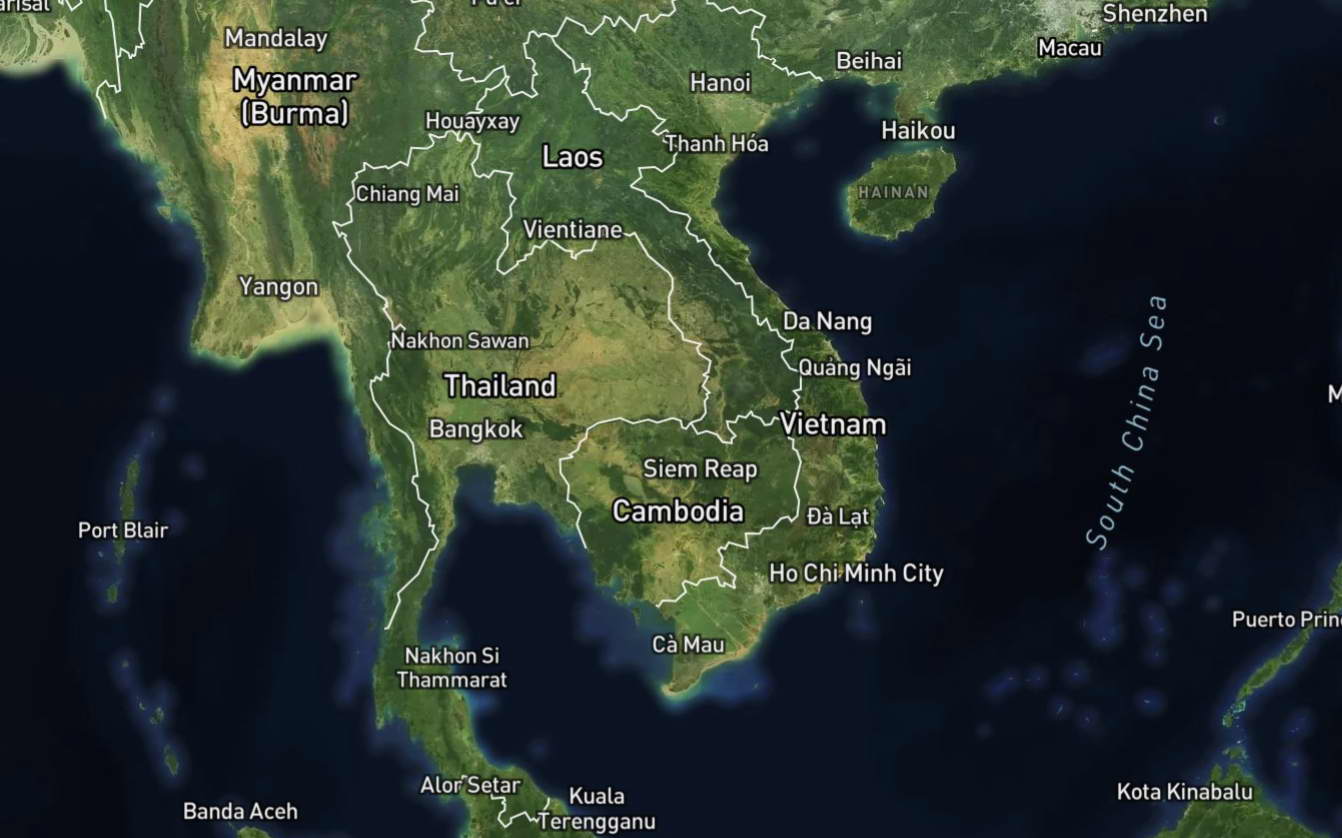
Sustainability is a major focus for the port, with initiatives aimed at reducing environmental impact and improving energy efficiency. The port’s commitment to innovation and development ensures that it remains competitive in the global maritime industry, playing a crucial role in Thailand’s trade and economic development.
Major seaports in Thailand.
Port of Manila – Philippines
The Port of Manila is the largest and most important port in the Philippines, serving as a central hub for the country’s trade. Located in the capital city, the port handles a wide range of cargo types, including containers, bulk goods, and liquid cargo. Its strategic location in Manila Bay provides access to major shipping routes, enhancing its role in international trade.
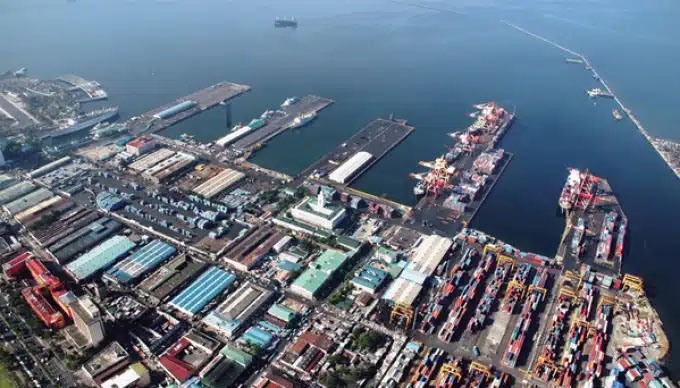
Manila’s port facilities are equipped with modern infrastructure, including deep-water berths, advanced cargo handling equipment, and extensive warehousing capabilities. The port has undergone significant development to increase its capacity and improve its efficiency, with ongoing projects aimed at further enhancing its capabilities.
The port’s connectivity is supported by well-developed road networks, facilitating efficient distribution of goods across the Philippines. The Port of Manila is a key driver of the country’s economic growth, supporting industries such as manufacturing, agriculture, and energy.
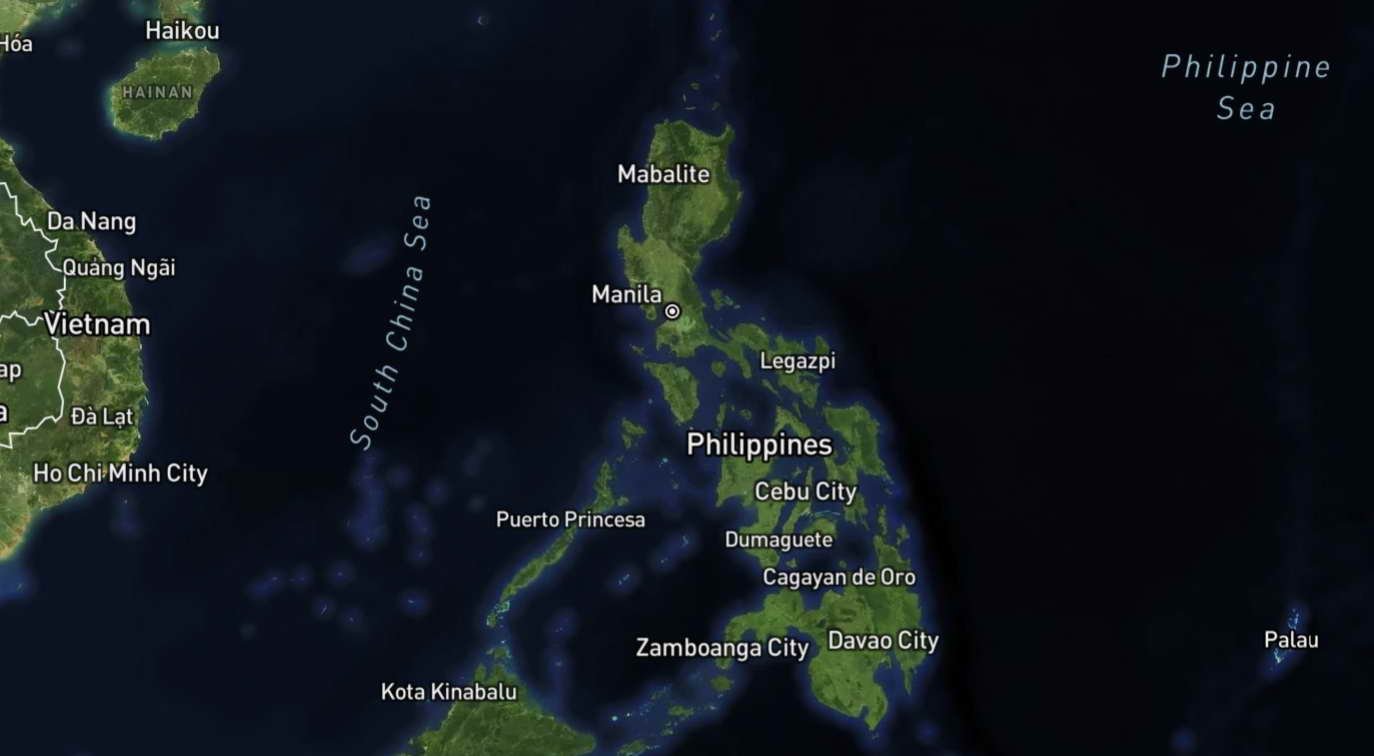
Challenges such as congestion and environmental sustainability are being addressed through strategic initiatives, including the expansion of port facilities and the adoption of green technologies. The port’s ongoing development plans aim to enhance its competitiveness in the regional and global maritime industry, ensuring it continues to play a critical role in the Philippines’ trade and economic development.
Major seaports in Philippines.
Port of Ho Chi Minh City (Cat Lai Terminal) – Vietnam
The Port of Ho Chi Minh City, specifically the Cat Lai Terminal, is Vietnam’s busiest container port. Located in the southern part of the country, it plays a vital role in the export of goods, particularly textiles and electronics, to global markets. The port’s strategic location on the Saigon River provides easy access to major shipping routes, enhancing its importance in international trade.
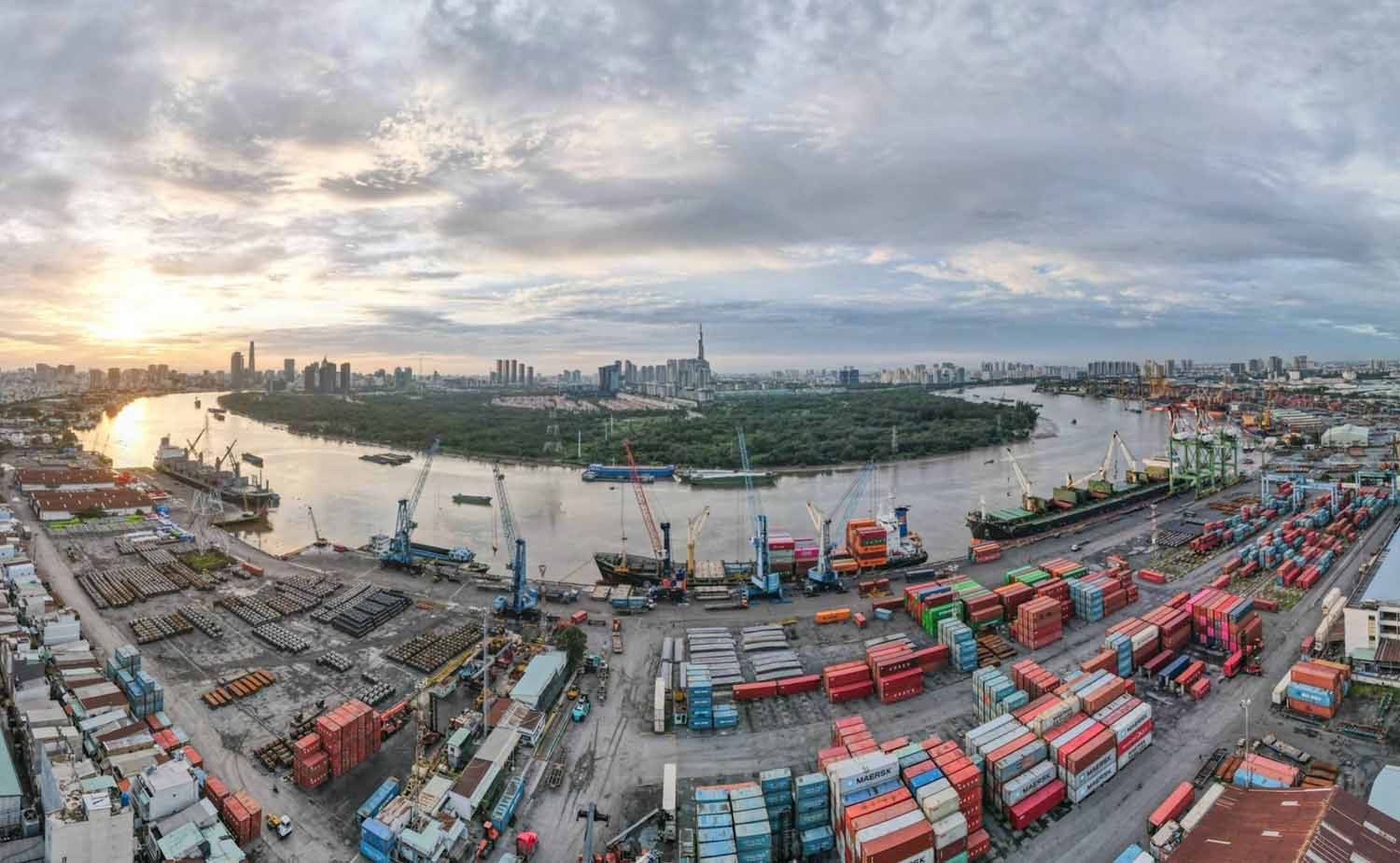
Cat Lai Terminal is equipped with modern infrastructure, including deep-water berths, advanced container handling facilities, and extensive logistics services. The port has undergone significant expansion to increase its capacity and improve its efficiency, with ongoing projects aimed at further enhancing its capabilities.
The port’s connectivity is supported by well-developed road and rail networks, facilitating efficient movement of goods to and from the port. The Port of Ho Chi Minh City is a key driver of Vietnam’s economic growth, supporting industries such as manufacturing, agriculture, and energy.
Sustainability is a major focus for the port, with initiatives aimed at reducing environmental impact and improving energy efficiency. The port’s commitment to innovation and development ensures that it remains competitive in the global maritime industry, playing a crucial role in Vietnam’s trade and economic development.
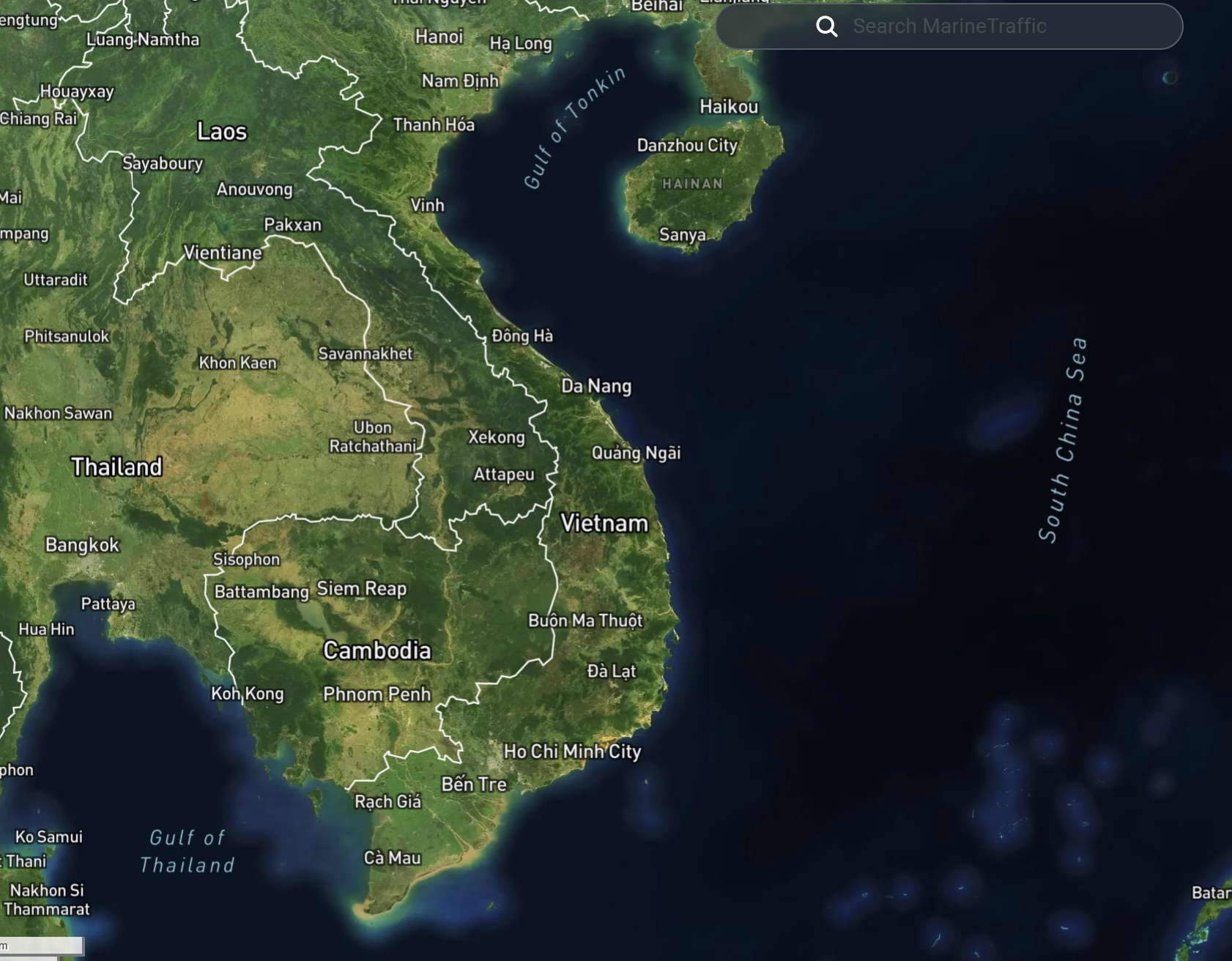
Port of Hai Phong – Vietnam
The Port of Hai Phong, located in northern Vietnam, is a key gateway for trade with China and other countries. It supports the industrial regions in the north and is essential for the country’s economic growth. The port’s strategic location on the Red River Delta provides easy access to major shipping routes, enhancing its role in international trade.
Hai Phong is equipped with modern infrastructure, including deep-water berths, advanced cargo handling equipment, and extensive logistics services. The port has undergone significant development to increase its capacity and improve its efficiency, with ongoing projects aimed at further enhancing its capabilities.
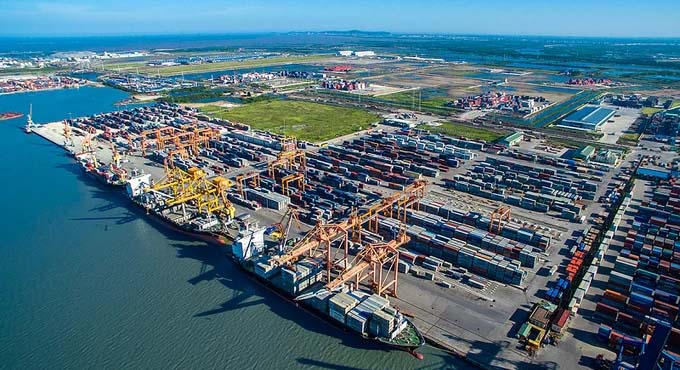
The port’s connectivity is supported by well-developed road and rail networks, facilitating efficient movement of goods to and from the port. The Port of Hai Phong is a key driver of Vietnam’s economic growth, supporting industries such as manufacturing, agriculture, and energy.
Sustainability is a major focus for the port, with initiatives aimed at reducing environmental impact and improving energy efficiency. The port’s commitment to innovation and development ensures that it remains competitive in the global maritime industry, playing a crucial role in Vietnam’s trade and economic development.
These ports are integral to the economic development and trade activities of their respective countries, serving as critical nodes in the global shipping network.
They are the major seaports in Vietnam
Key Features of Shipping From China To Southeast Asia
Shorter Transit Times
The geographical proximity between China and Southeast Asian countries allows for significantly shorter transit times compared to long-haul routes like those to Europe or North America. This is particularly beneficial for businesses that rely on just-in-time inventory systems or need to respond quickly to market demands. The reduced time at sea also minimizes risks associated with delays, making it a reliable option for perishable goods and time-sensitive shipments.
High Frequency
Due to the robust trade relationships and high demand for goods, the China-Southeast Asia route boasts a high frequency of sailings. This means that businesses have more flexibility in scheduling shipments, reducing the lead time for orders. The frequent departures also allow for better inventory management and the ability to quickly adapt to changes in demand.
Cost-Effective
The shorter distances not only reduce transit times but also contribute to lower shipping costs. This cost-effectiveness is a major advantage for companies looking to optimize their supply chain expenses. Additionally, competitive pricing among carriers serving this route can further drive down costs, making it an attractive option for businesses of all sizes.
The high frequency is an obvious feature for shipping from China to Southeast Asia as they are very closed countries.
Diverse Cargo
The China-Southeast Asia route handles a wide array of cargo types, reflecting the diverse economic activities in the region. From high-value electronics and machinery to textiles, raw materials, and agricultural products, the route supports a broad spectrum of industries. This diversity in cargo ensures that carriers are equipped to handle various shipping requirements, including specialized containers and handling procedures.
Regional Integration
The route benefits significantly from regional trade agreements such as the ASEAN-China Free Trade Area, which aim to reduce tariffs and streamline customs procedures. These agreements facilitate smoother cross-border trade, enhancing the efficiency of the supply chain. Businesses can take advantage of preferential trade terms, which can lead to cost savings and quicker market entry.
Port Infrastructure
Ports in both China and Southeast Asia are known for their advanced infrastructure and technology. These ports are equipped with state-of-the-art facilities for efficient loading, unloading, and transshipment operations. The presence of modern container terminals and logistics hubs ensures that cargo moves swiftly through the supply chain, reducing the likelihood of bottlenecks and delays.
Dynamic Market
The rapid economic growth in Southeast Asia creates a dynamic and ever-evolving trade landscape. As these economies continue to expand, new trade opportunities and routes are emerging. Businesses can tap into these growing markets to expand their reach and diversify their customer base. The dynamic nature of the market also means that carriers and logistics providers are continually adapting to meet the changing needs of shippers.
Different Carriers for shipping from China to Southeast Asia
The carriers operating on the China-Southeast Asia route are often different from those on long-haul routes like China-US or China-West Europe. These carriers may specialize in regional logistics and have a deep understanding of local markets and regulatory environments. Their expertise in navigating regional waters and handling diverse cargo types makes them invaluable partners for businesses looking to optimize their supply chains in this region.
Overall, the China-Southeast Asia shipping route offers a strategic advantage for businesses looking to leverage the economic potential of the region while maintaining efficient and cost-effective supply chains.
Shipping case studies to Southeast Asia countries
احجز على وجه السرعة مساحة شحن جوي للشحن الجوي من الصين إلى جاكرتا
هل سبق لك تجربة حجز مساحة شحن جوي للشحن الجوي على وجه السرعة؟ دراسة الحالة حول الشحن الجوي LCD من قوانغتشو إلى جاكرتا بسرعة

بطاريات الشحن الجوي من الصين إلى ماليزيا: العثور على مساحة ومنصة نقالة على وجه السرعة في مستودع التوحيد في المطار
بطاريات الشحن الجوي المكتملة بسرعة من الصين إلى ماليزيا. لقد وجدنا مساحة ورتبنا على وجه السرعة منصات نقالة في مستودع توحيد المطار

40HQ FCL ماكينات FCL للشحن البحري من دونغقوان إلى هايفونغ في أسبوع واحد
في 26 ديسمبر 2022، أكملت شركة "أسرع" الشحن البحري من دونغقوان إلى هايفونغ لخمس ماكينات صناعة مستعملة 40HQ

شحن بحري من شيكو إلى ميناء لايم تشابانغ 40HQs فارغة مستعملة فارغة من شيكو إلى ميناء لايم تشابانغ
في نهاية نوفمبر 2022، تم تكليفنا من قبل عميل أجنبي بالتصدير من شيكو إلى ميناء لايم تشابانج في تايلاند لـ 11 حاوية فارغة مملوكة ذاتيًا

الشحن البحري لبطاقات عيد الميلاد من الصين إلى المملكة المتحدة FCL الشحن البحري بموجب شرط FOB
8 أكتوبر 2021، 8 أكتوبر 2021، أسرع ترتيب الشحن البحري لبطاقات عيد الميلاد من الصين إلى المملكة المتحدة. شحنة FCL بموجب مصطلح فوب لثمانية 40″ HQ

الشحن البحري للملابس من الصين إلى سنغافورة FCL الشحن البحري
في 19 يوليو 2022، قامت شركة كويكر إنترناشيونال لوجيستكس بترتيب شحن بحري للملابس من الصين إلى سنغافورة. شحنة FCL لمقرين رئيسيين 40 بوصة

الشحن البحري لقطع الغيار البلاستيكية من الصين إلى إندونيسيا FCL الشحن البحري تحت بند CIF
10 ديسمبر 2021، 10 ديسمبر 2021، أسرع ترتيب الشحن البحري لقطع البلاستيك من الصين إلى إندونيسيا. شحنة FCL بموجب مصطلح CIF لـ 2 GP و 40 ″ GP و 40″ HQ




